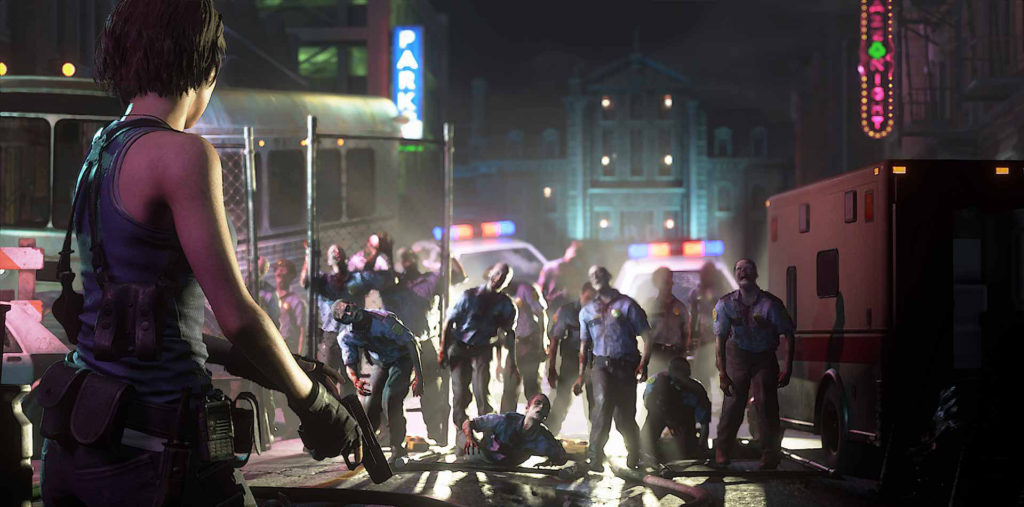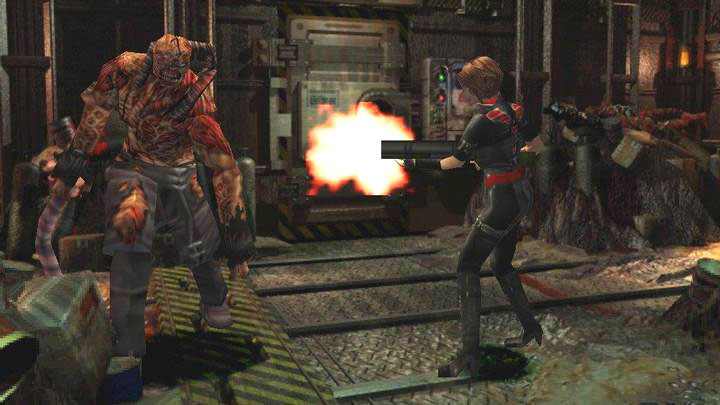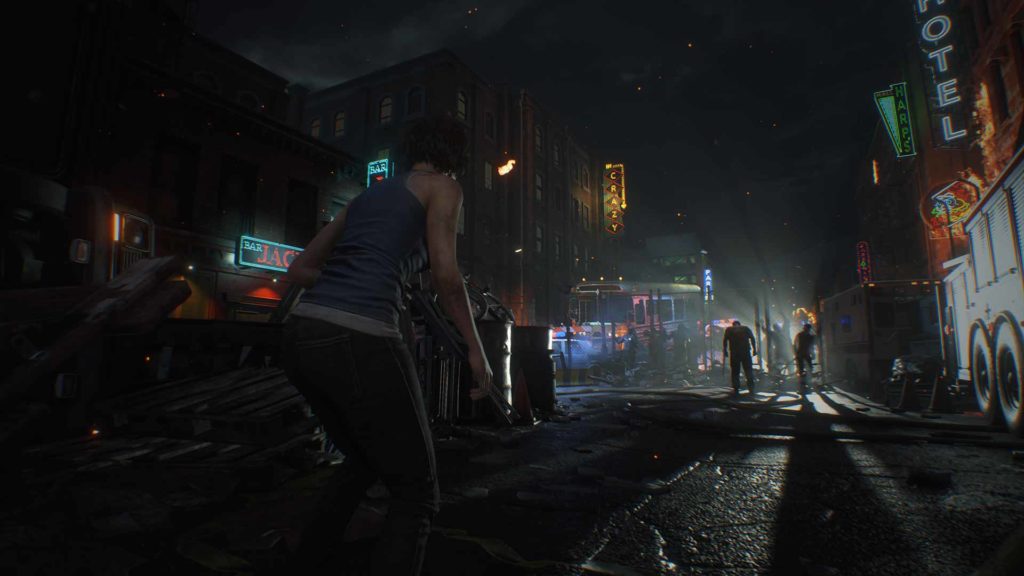
Resident Evil is one of the most successful horror franchises that the gaming industry has ever seen, and despite some hiccups along the path of success, it shows no sign of slowing down.
Setting itself aside from traditional horror games, it has the right mix of scare and psychological horror to keep gamers enthralled and terrified. Since the release of the first game in 1996, we have seen the story grow from an isolated incident to global pandemic. With the remastered edition of Resident Evil 3 releasing today (April 3), fans are in for the scare of their lives as they take on Nemesis once again.

‘Resident Evil’ (1996)
While the past few years have been successful for the creators of the franchise, Capcom, it has been a bumpy road for them to stay at the top. Riding the success of 1996’s Resident Evil to 2005’s Resident Evil 4, and those in between, the franchise somewhat flatlined from 2009’s Resident Evil 5 to 2012’s Resident Evil 6 as we saw a deviation in their formula.
The deviation saw Capcom explore more characters in the games, focusing heavily on the storyline, and less on making it a challenge to defeat puzzles and progress through the zombie infested areas. The games moved from the traditional one-track mind of the horror franchise. They also became less about the scare, and more about the action and over the top moments, explosions and world domination plans.
2017’s Resident Evil 7 Biohazard was their step back into the game after the limited success of the fifth and sixth instalments to the series. Following on from the positive response towards 7, the remake for Resident Evil 2 added some new elements to a loved story and paved the way for a Resident Evil 3 remaster.
Capcom has continued to keep gamers enthralled by creating detailed stories for all characters involved, leaving fans with favourites who they hope to see pop up in each game. While the first four games that were released centred on the Raccoon City Incident, Code: Veronica and Res 4 saw a new pathway open up and a look into the outside world of the RE universe. The change in direction brought something fresh to the table and helped to continue to propel the series to its heightened success.
Each game variation also brought with it a look into different viruses and mutations, growing the game from being a simple zombie game to a universe within itself. This posed more threats, big bosses, puzzles and continuous plot challenges. When it comes to successfully building a franchise, these are key elements and keep fans wanting to come back for more to see how the story has been continued, and what additions and changes have been made.

‘Resident Evil 3: Nemesis’ (1999)
From zombies to mutants to plain old humans, the series has seen many threats come and go, none of which seem to stick around for too long. While the undead are the major concern for many of our protagonists, in Biohazard we saw it take a step away from that to explore a more psychologically thrilling story.
Zombies are simple to kill, even the various mutations we are faced with have a relatively one-track mind, but humans are a whole new level and help to bring a realistic element to the games. Human antagonists have always been part of the backburner story, and usually the ‘ultimate’ villain, but they are rarely the threat you constantly face throughout the game. With this change in core formula to the game, it opens a new window of possibility for any future games Capcom release.
Jump scares, impressive graphics and captivating storylines make RE the perfect game for those who love the horror genre. The latest release in the saga is sure to bring fans in, both old and new, and throw new challenges their way. Aside from the physical changes to the remake of Resident Evil 3, it will be interesting to see what other changes have been made to one of the fan favourite games. Only time will tell if it will have the impact that the Resident Evil 2 remake had, or if it will become something fans wish they had left in the past.

‘Resident Evil 3’ (2020)








